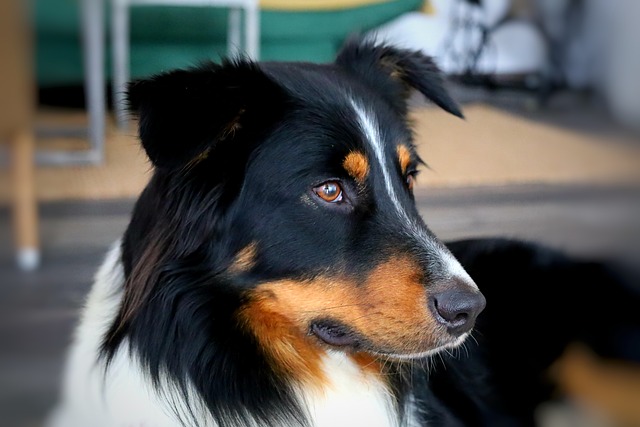
How do i train my dog to be obedient?
Watching your dog dart across the park ignoring your calls isn’t just frustrating—it can put them at risk near busy streets or public spaces.
Maybe you just brought home an 8-week-old German Shepherd puppy—fluffy, curious, and already leaving tiny accidents on your living room rug. Figuring out how to train a German Shepherd puppy for potty doesn’t have to be stressful, but it does need consistency and a little know-how about their tiny bladders and learning style.
First, stick to a strict schedule. Feed your pup at the same times daily, then take them outside within 15-20 minutes—their small bodies can’t hold it long. Head to the same yard spot or a designated dog area (cities like Portland or Austin require public park zones to keep sidewalks clean). Use a simple cue like “go potty” to link the phrase to the action. This isn’t just convenient; in Chicago, failing to clean up or letting them eliminate on public property can bring $500 fines—staying compliant keeps you and your community happy.
 Next, use crate training wisely—it’s key for potty train a German Shepherd puppy, since dogs avoid soiling their sleep space. Pick a crate just big enough for them to stand, turn, and lie down; too big, and they might use a corner as a bathroom. Never leave them in it more than a few hours (puppies under 4 months need breaks every 2-3 hours). When you let them out, rush to their potty spot immediately—if you catch an accident mid-act, calmly redirect, don’t scold; fear slows learning.
Next, use crate training wisely—it’s key for potty train a German Shepherd puppy, since dogs avoid soiling their sleep space. Pick a crate just big enough for them to stand, turn, and lie down; too big, and they might use a corner as a bathroom. Never leave them in it more than a few hours (puppies under 4 months need breaks every 2-3 hours). When you let them out, rush to their potty spot immediately—if you catch an accident mid-act, calmly redirect, don’t scold; fear slows learning.
Watch for their signals: sniffing floors, circling, or whining mean they need to go. If they go outside, praise them wildly—offer a small treat or excited pets right away. Positive reinforcement works best for German Shepherds, who love pleasing owners. Remember, every puppy learns at their own pace; a 3-month-old might get it in weeks, another in a month—patience is key. If you live in an apartment, use a portable potty pad for emergencies, but sparingly—you want them to associate outside with the right behavior. Boston has rules about pads in shared spaces, so check your building’s guidelines.
By 6 months old, consistent training should have them going outside reliably. How to train a German Shepherd puppy for potty comes down to schedule, positive reinforcement, and following local rules—you’ll build trust with your pup while being a responsible neighbor. Soon, those accidental messes will be gone, and you’ll both enjoy stress-free walks to their favorite potty spot.

Watching your dog dart across the park ignoring your calls isn’t just frustrating—it can put them at risk near busy streets or public spaces.

New puppy owners often find themselves rushing to clean up accidents before they set in, and that’s where puppy pad training becomes a game-changer.

If you've noticed your dog's waistline disappearing and your veterinarian has mentioned those few extra pounds, your first instinct might be to simply reduce the amount of food in their bowl.

Training a dog to use a designated spot indoors isn’t as daunting as many new owners fear, but it does take consistency and an understanding of your pet’s needs.

That moment of dread on a walk is all too familiar for many new dog owners. You see another dog approaching down the sidewalk of your neighborhood

If the sight of another dog on your neighborhood walk makes your heart sink as your own dog erupts into a frenzy of barking and lunging, you're not alone.